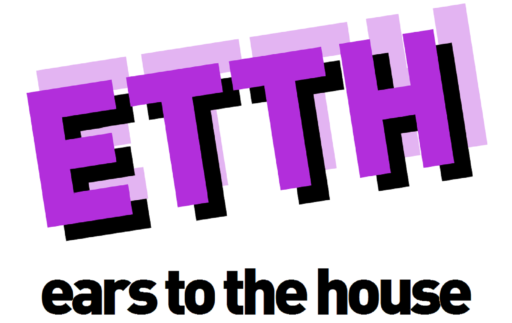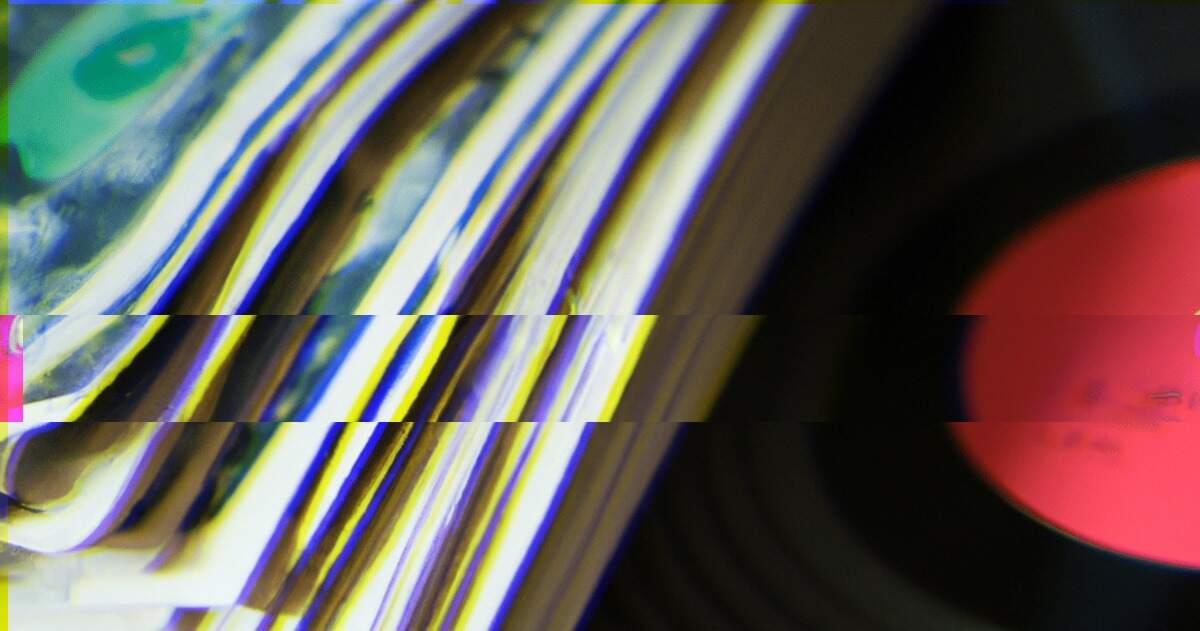Back until the late 1990s, people were apparently buying vinyl like it was going out of fashion – until the forces of progress made them turn their backs on their beloved wax, demanding that they use digital files instead. Well, that’s what happened in history if you believe the likes of DJ Sneak – and the story is wrong on almost every count.
For starters, sales of vinyl didn’t peak in the 1990s – exact years vary from country to country, but most saw the peak of vinyl sales during the mid-1970s. The reason for this is surprisingly simple – there simply wasn’t any other way of buying most music. The demise of vinyl actually began with the release of CDs from 1982 – not with the likes of Napster and other dodgy filesharing websites in 1999.
But don’t expect things like facts and logic to figure in the vinyl versus digital debate – just like it won’t be allowed to intrude on the news that Britain’s vinyl sales rose in 2023 for the 16th year in a row. Who is that really good news for? Fans of underground dance music who now presumably have the biggest choice of tracks on their beloved format in many years?
Er, in a word, no. According to the industry bods at the British Phonographic Industry, Taylor Swift’s ‘1989 (Taylor’s Version)’ was the year’s biggest vinyl seller in the UK with 78,767 sold, and The Rolling Stones’ ‘Hackney Diamonds’ was second with 42,815 copies sold. All this led to an 11.7% increase in vinyl sales amongst Brits this year.
In the meantime, back in the real world, away from the major labels and long-established artists, the medium has more problems than ever…





